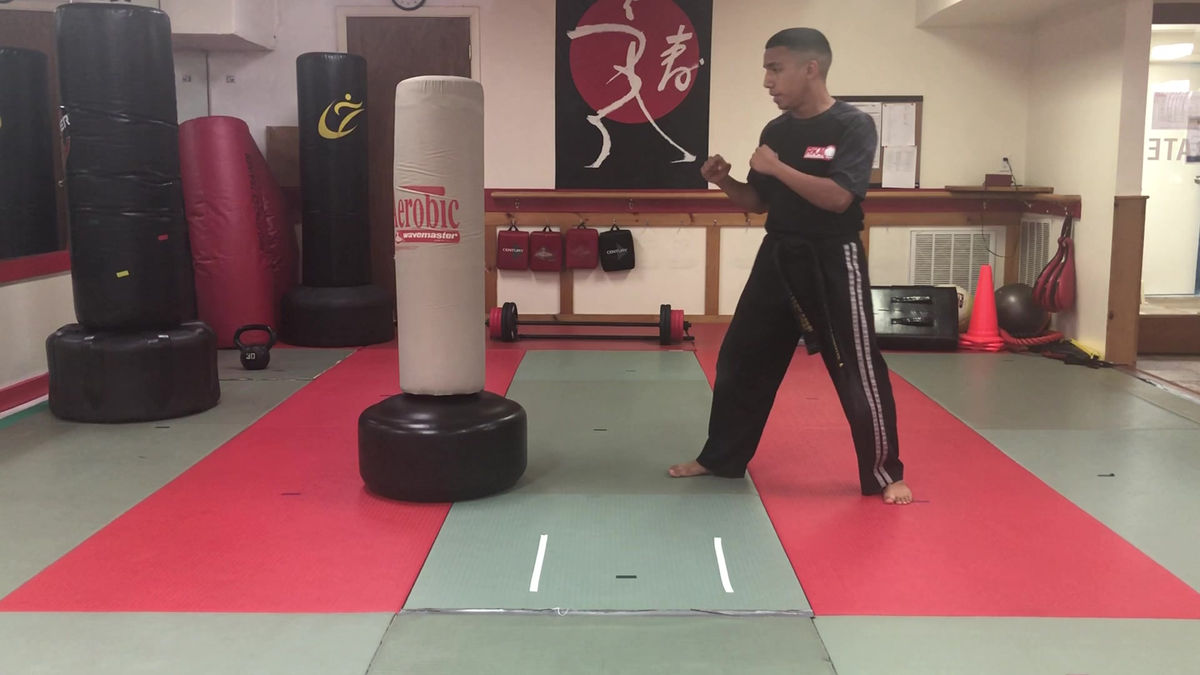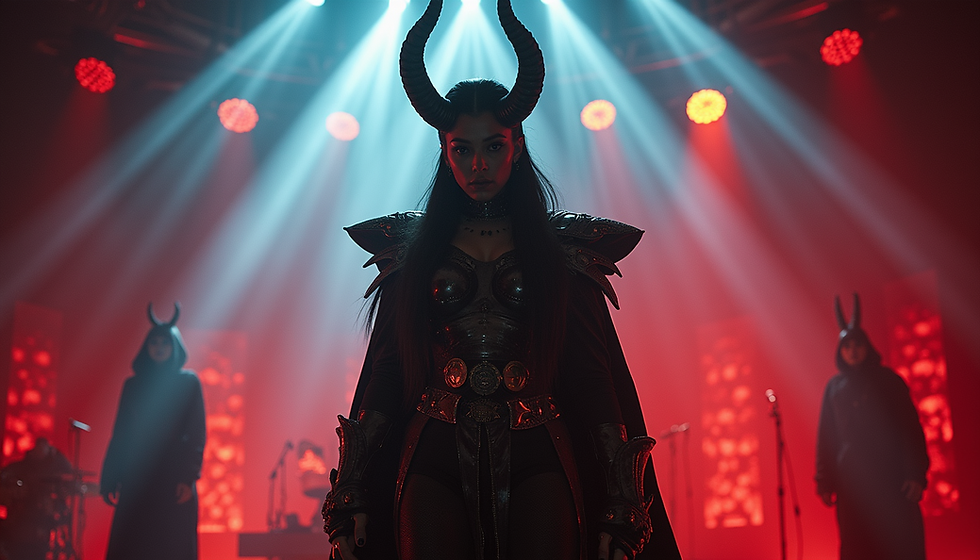Types of Martial Arts
- Joseph Fanning
- Sep 14
- 5 min read
There are many types of martial arts, each with its own philosophy, techniques, and history. These martial arts can be broadly categorized into striking, grappling, and mixed styles, though many systems incorporate elements of all three. Below is an overview of some of the most prominent martial arts from around the world, along with a brief explanation of their techniques, origin, and philosophy.
1. Karate | Types of Martial Arts
Origin: Japan (Okinawa)
Focus: Striking (punches, kicks, knee strikes, and elbow strikes)
Description: Karate is a Japanese martial art known for its emphasis on linear movements, strong strikes, and kicks. It focuses on precision, speed, and power. Karate practitioners often engage in both forms (kata) and sparring (kumite).
Popular Styles: Shotokan, Goju-Ryu, Shito-Ryu, and Wado-Ryu.
Philosophy: Discipline, respect, and personal growth are key aspects. The emphasis is on self-defense and mental clarity.
2. Kung Fu (Wushu) | Types of Martial Arts
Origin: China
Focus: Striking, grappling, joint locks, and traditional weapons
Description: Kung Fu is an umbrella term for a wide range of Chinese martial arts. It emphasizes both internal (mental and spiritual) and external (physical techniques). Kung Fu includes a variety of movements, such as high kicks, sweeps, and powerful strikes. It also incorporates animal-inspired movements like the Tiger and Crane styles.
Popular Styles: Wing Chun, Shaolin, Tai Chi, Baguazhang, Hung Gar.
Philosophy: The martial art is deeply rooted in Chinese philosophy, with concepts like yin and yang, chi, and the balance of mind, body, and spirit.
3. Taekwondo | Types of Martial Arts
Origin: Korea
Focus: Striking (especially kicks)
Description: Taekwondo is a Korean martial art known for its emphasis on powerful kicks, including spinning, jumping, and high kicks. It also includes hand strikes but is distinct for the agility and acrobatics required in its techniques.
Popular Styles: ITF (International Taekwondo Federation), WTF (World Taekwondo Federation).
Philosophy: Focus on self-discipline, respect, and the pursuit of excellence. It is also an Olympic sport.
4. Judo \ Types of Martial Arts
Origin: Japan
Focus: Grappling, throwing, and joint locks
Description: Judo is a Japanese martial art that focuses on throws, pins, and joint locks. The primary goal is to use the opponent's weight and momentum against them. It’s both a competitive sport and a self-defense system.
Philosophy: Emphasizes mutual welfare and respect. The goal is to achieve victory with the least effort, using leverage and technique.
5. Brazilian Jiu-Jitsu (BJJ) | Types of Martial Arts
Origin: Brazil (from Japanese Jiu-Jitsu and Judo)
Focus: Grappling, ground fighting, submissions (joint locks, chokes)
Description: BJJ is primarily focused on ground combat. Practitioners aim to control, submit, or dominate an opponent using leverage, positioning, and joint locks. It is well-known for its guard positions and submissions.
Philosophy: BJJ emphasizes technique over strength and the idea that a smaller, weaker person can defeat a larger, stronger opponent with proper technique.
6. Muay Thai
Origin: Thailand
Focus: Striking (punches, kicks, elbows, knees, clinch)
Description: Often called the “Art of Eight Limbs,” Muay Thai uses fists, elbows, knees, and shins to strike. It is also known for its powerful clinch work, where fighters try to control their opponent and set up knee strikes.
Philosophy: Emphasizes mental toughness, conditioning, and strategic attack. Muay Thai fighters are renowned for their endurance and toughness.
7. Boxing
Origin: Greece (modern boxing developed in the UK)
Focus: Striking (punches, footwork)
Description: Boxing focuses solely on punches, with a heavy emphasis on footwork, head movement, and defensive techniques. Boxers learn to master jabs, hooks, uppercuts, and crosses, as well as how to move and defend efficiently.
Philosophy: Discipline, focus, and conditioning are key elements of boxing training. Boxing requires excellent cardio, strength, and speed.
8. Krav Maga
Origin: Israel
Focus: Self-defense (striking, grappling, and weapons defense)
Description: Krav Maga is a practical self-defense system developed by the Israeli military. It combines elements of boxing, karate, Judo, wrestling, and other martial arts to teach practitioners how to quickly neutralize threats. It focuses on survival and neutralizing attackers with efficient, aggressive techniques.
Philosophy: The focus is on real-world practicality and mental toughness.
9. Capoeira
Origin: Brazil
Focus: Striking, acrobatics, and fluid movement
Description: Capoeira is a Brazilian martial art that combines dance, acrobatics, and music. It involves rhythmic, fluid movements, kicks, sweeps, and dodges. The art form is characterized by its fluidity and sophistication, with practitioners using trickery and deception.
Philosophy: Capoeira has deep cultural roots, often linked to the African traditions of Brazilian slaves. It’s not just a martial art but also a cultural expression through music, dance, and community.
10. Aikido
Origin: Japan
Focus: Grappling, joint locks, and throws
Description: Aikido focuses on deflecting attacks and using an opponent’s force against them through joint locks and throws. It is a highly defensive martial art, emphasizing balance, harmony, and peace.
Philosophy: The core philosophy of aikido is to avoid harm and work toward peaceful resolution, using spiritual principles and the concept of non-resistance.
11. Sambo
Origin: Russia
Focus: Grappling, throws, joint locks, submissions
Description: Sambo is a Soviet martial art that combines elements of Judo, wrestling, and other forms of grappling. There are two primary styles: sport Sambo (focused on throws, pins, and submissions) and combat Sambo (which incorporates strikes and weapons).
Philosophy: Sambo emphasizes practical techniques for both sport and self-defense, with an emphasis on speed and control.
12. Wing Chun
Origin: China
Focus: Striking, trapping, and close-quarters combat
Description: Wing Chun is a Chinese martial art that specializes in close-range combat. It emphasizes quick strikes, simultaneous attack and defense, and control of the centerline. Wing Chun practitioners often use chi sao (sticky hands) to develop sensitivity and reaction speed.
Philosophy: The system is designed to be practical, focusing on direct, efficient strikes to vital points of the body.
13. Jeet Kune Do
Origin: USA (developed by Bruce Lee)
Focus: Mixed martial arts (striking, trapping, grappling)
Description: Jeet Kune Do (JKD) is a philosophy-based martial art created by Bruce Lee. It emphasizes practicality and adaptability, incorporating techniques from various fighting styles, including Wing Chun, boxing, fencing, and wrestling.
Philosophy: JKD focuses on freedom and personal expression within combat. It’s about using whatever works, eliminating inefficiencies, and adapting to the situation at hand.
14. Kickboxing
Origin: USA (influenced by Karate and Muay Thai)
Focus: Striking (punches, kicks, and knee strikes)
Description: Kickboxing combines elements of boxing with kicking techniques from traditional martial arts like Karate and Muay Thai. There are many variations of kickboxing, but it typically focuses on high-intensity striking and footwork.
Philosophy: Kickboxing emphasizes fitness, strength, and endurance, along with effective striking techniques.
These are just a few examples of the broad spectrum of martial arts found around the world. Many martial arts overlap or have modern hybrid versions (like Mixed Martial Arts, or MMA) that combine elements from multiple styles for practical use in combat. Whether for self-defense, physical fitness, sport, or personal development, martial arts offer a diverse range of practices suited for many purposes.
Joe is an orange belt at RKA in karate. He loves karate! Kick, punch, Kia!










Comments